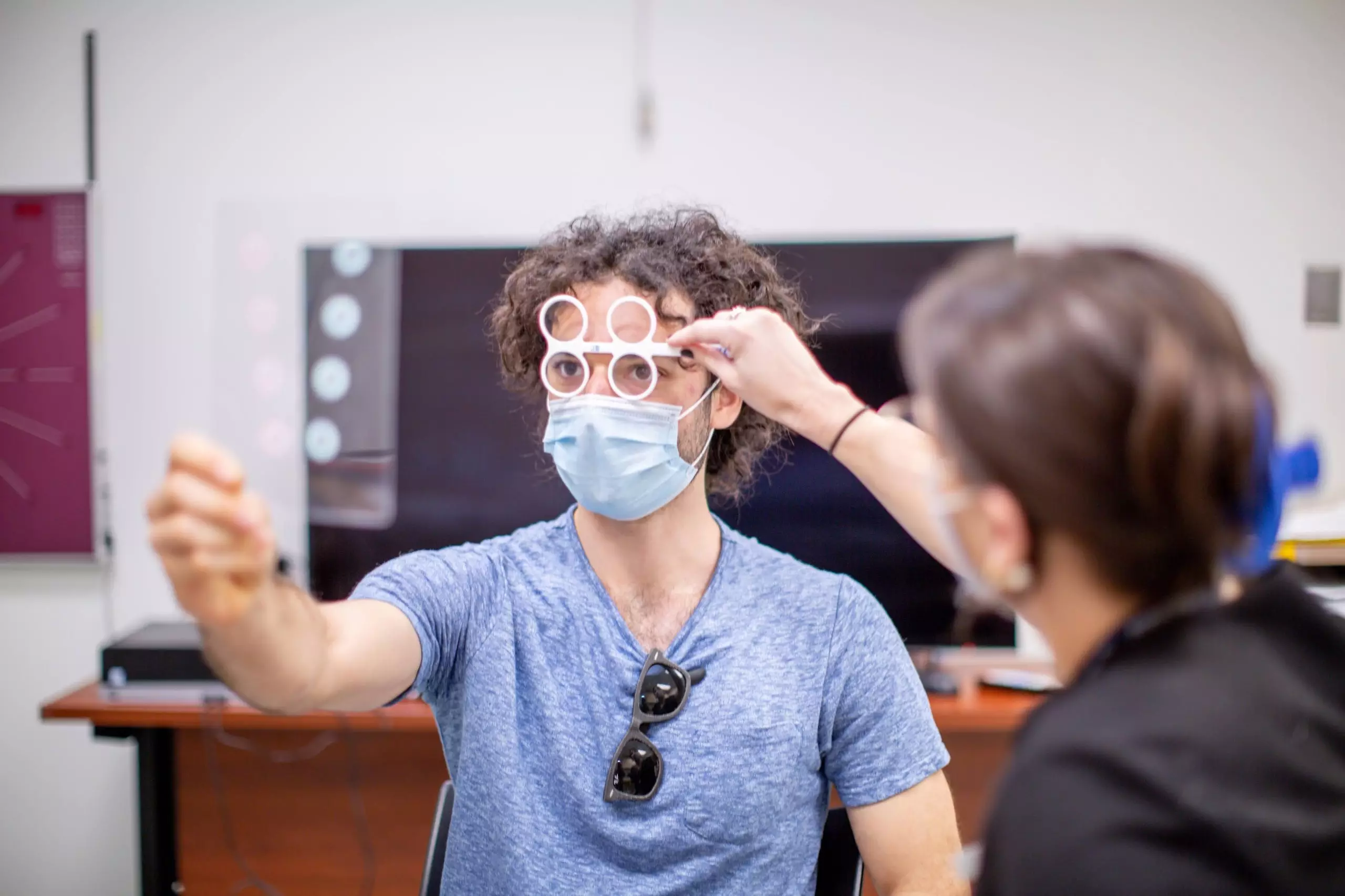

The U.S. Hospital Bed Occupancy Crisis
The U.S. healthcare system is on a collision course with a hospital bed shortage. By 2032, hospital occupancy rates could reach 85%, a level at which hospitals will be severely struggling to provide timely and high-quality care.
A recent study published in JAMA Network Open by UCLA researchers warns that without immediate intervention, the country could face longer emergency room wait times, increased medical errors, and potentially thousands of preventable deaths each year.
How Did We Get Here?
Historically, hospital occupancy rates in the United States have teetered around 65% before the COVID-19 pandemic. In the current state of healthcare, the rates have skyrocketed to 75%, a dangerously high level.
Contrary to popular belief, this increase isn’t due to higher rates of hospitalization or illness but rather due to a decrease in staffed hospital beds. This has been the primary driving force behind occupancy rates.
Two major factors are responsible for the staffed hospital bed decline:
- Healthcare Staffing Shortages: Hospitals are struggling to maintain a full capacity of staffing due to a severe shortfall of registered nurses and other healthcare professionals.
- Private Equity & Hospital Closures: The practice of private equity firms purchasing hospitals, structuring them, and, in some cases, shutting them down has further reduced the number of available beds.
The Risks of an 85% Occupancy Rate
If hospital occupancy reaches 85% by 2032, the U.S. healthcare system could experience severe disruptions like:
- Longer Emergency Room Wait Times – Patients in critical condition and those needing urgent treatment may wait longer times for care, increasing the risk of complications.
- Higher Rates of Medical Errors – Overcrowded hospitals lead to overworked staff, increasing the likelihood of medication errors and misdiagnoses.
- Preventable Deaths – Experts warn that sustained high occupancy rates could contribute to tens or even hundreds of thousands of excess deaths each year.
What Can Be Done?
To prevent a full-scale hospital capacity crisis, there are several recommended solutions for this potential event:
- Expanding the Healthcare Workforce – Implementing talent acquisition and retention initiatives that address nursing shortages and provider burnout.
- Regulating Private Equity in Healthcare – Implementing policies to prevent hospital closures driven by profit motives.
- Improving Hospital Reimbursement Models – Ensuring hospitals are receiving the funding needed to maintain and expand bed capacity.
- Innovative Care Delivery Models – Expanding acute care clinics and next-day treatment programs to divert non-emergency hospitalizations.
The Time to Act is Now
The U.S. could face an unprecedented hospital bed shortage within the next decade. By investing in healthcare professionals, protecting hospitals from closure, and rethinking care delivery models, we can work toward a more sustainable, patient-centered system.
.png)
FAQs
We've compiled some of the most common questions practices like yours ask about the IrisMed. If you don't find the answers you're looking for here, please don't hesitate to contact us – we're always happy to discuss how IrisMed can specifically benefit your practice.
Do I have to change my practice management system or software to use IrisMed?
No. IrisMed is designed to be compatible with all major practice management systems. Our software seamlessly integrates with your existing setup, requiring no disruptive changes to your current workflow. We also offer white-gloved implementation and support if needed.
How much does IrisMed cost?
IrisMed offers flexible pricing models tailored to the size and needs of your practice. Contact us for a customized quote based on your clinic’s volume and workflow requirements.
Will IrisMed replace my existing staff members?
No. IrisMed is designed to augment and empower your existing team, not replace them. By automating tedious and complex tasks around insurance and quoting, IrisMed frees up your staff to focus on what matters most: providing exceptional patient experience and growing your practice.
My practice management system already has insurance and inventory features. Why do I need IrisMed?
IrisMed acts as a specialized enhancement for your optical sales, tackling complex vision plan details in a way most general PMS insurance features don't. IrisMed instantly deciphers intricate insurance benefits for specific lenses, coatings, and frames, providing precise patient out-of-pocket costs. More importantly, it helps your team uncover often-missed sales opportunities - like premium upgrades or second-pair allowances - right at the point of sale. Think of it as the tool that ensures your dispensary maximizes optical revenue and minimizes quoting errors where your PMS's broader features might not specialize.
How secure is my data with IrisMed?
We understand the critical importance of data security and patient privacy. IrisMed employs robust security measures, including end-to-end encryption and strict access controls, to safeguard all sensitive practice and patient information. We are HIPAA compliant and committed to staying up-to-date with the latest security standards and best practices in the industry to ensure your data is always protected.
How do I get started with IrisMed?
Getting started is easy! Contact us today to schedule a personalized demo. We'll show you how IrisMed works, answer all your questions, and demonstrate how our AI-powered platform can transform your practice's revenue cycle.




.png)
.png)



